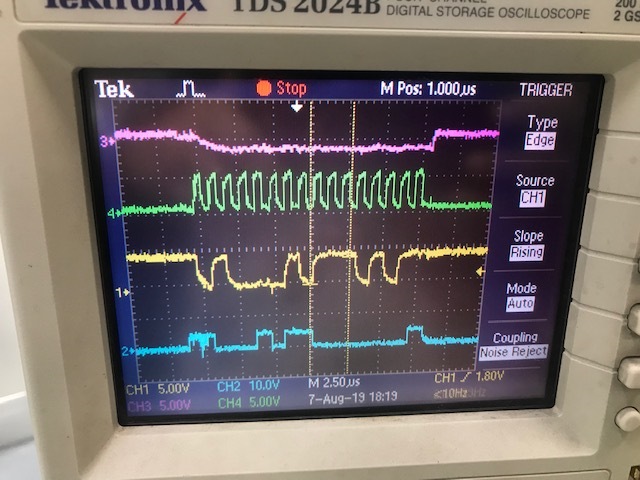Other Parts Discussed in Thread: ADS1018
Hi
i am using ads 1018 adc on mpc5777xc controller, i unable to get adc data , just getting 255 value, please tell me about DRDY pin , is it require to monitor or not , and how many times need to send data to config reg
thanks


